Buy Anadenanthera peregrina “Yopo”
Price range: $80.00 through $299.00
About Anadenanthera peregrina “Yopo”
Anadenanthera peregrina or Yopo is an Ayahuasca plant native to Columbia, Venezuela, British Guinea and northern Brazil, also found on the islands in the Greater and Lesser Antilles (Torres & Repke, 2006). You can find it from 20ºN latitude to 26ºS latitude. In Queensland, that would equate to approximately from the Sunshine Coast and north. A mimosa-like tree 3-27 metres tall, preferring tropical and sub-tropical climates. Buy Anadenanthera peregrina seeds in usa
Seeds of Anadenanthera colubrina and Anadenanthera peregrina have been used for centuries as an hallucinogenic snuff by Indians of Argentina and southern Peru. Seeds contain 2-5% tryptamines including bufotenine and dimethyltryptamine (varies between the 2 Anadenanthera species). Anadenanthera peregrina contains mainly dimethyltryptamine and 5-methoxy-dimethyltryptamine, A. colubrina contains mainly bufotenine. The bark and leaves also contain tryptamines. Buy Anadenanthera peregrina seeds in usa
Effects of Yopo
The seeds of the Yopo tree contain the alkaloids N,N-DMT (‘regular’ DMT), 5-MeO-DMT and large amounts of bufotenin in particular. These hallucinogens cause a short, but very intense trip. People who have tried Yopo report multidimensional visions about death and rebirth, animal transformations and the dissolution of the ego.
The effects of Yopo sometimes draw comparisons to DMT, LSD and of course also to its little brother Cebil (Anadenanthera Colubrina). In comparison to DMT and LSD, Yopo is slightly less intense and the trip also isn’t as long.
Use of Yopo
The most common and most popular way to use Yopo seeds is to sniff it. You can create your own snuff using Yopo seeds and lime (calcium hydroxide). Baking soda is sometimes used as well.
To create the snuff, you’ll first have to toast the seeds on a low fire, until the shells pop open. You can then pry open the shell with a small knife or your fingernails and take the kernels out of the seeds. Grind up the kernels with a pestle and mortar and add lime. The recommended ratio of Yopo to lime is usually somewhere between 2:1 (Yopo to lime) or 3:1 (Yopo to lime). Carefully mix the two. Then add a few drops of water and knead into a thick doughy, pasty substance. Leave this paste to dry for a few hours up to a few days in the open air (you won’t need to heat it), until you can no longer smell the slight ammonia odor.
Many people report that sniffing Yopo is quite painful. Traditionally, people use sniffing tubes to blow the powder in each other’s noses. In this way, you’re able to ingest more powder than when sniffing a line of snuff yourself. You’re better off spitting out the fluids that reach your throat from your nose. This will prevent the snuff from reaching your stomach, potentially causing nausea and vomiting.
The intensity of the trip depends on the preparation of the snuff and the Yopo to chalk ratio. For a strong trip, you will need to use 3 to 5 seeds. First you will feel physical effects: a heavy feeling, tingling sensations all over your body, and possibly headaches. Then the hallucinations start. The trip usually lasts for 15 to 30 minutes. The aftereffects last for up to an hour.
Cultivation of Yopo
The Yopo tree is originally found in the tropical regions of South America, such as parts of Brazil, Colombia and Peru. The Yopo tree does not grow in rainforests but prefers drier areas like savannas and open plains. Yopo trees can reach up to 18 meters in height and are characterized by their grey-black thorny bark and green, pinnate leaves.
It’s not easy to cultivate a Yopo tree outside of the tropics, but you can attempt it if you keep it as a houseplant on a very bright spot. To germinate the seeds, first soak them in sterile water for 24 hours. Afterwards, sow the seeds in a mixture of perlite and sand, approximately 1 cm deep in the soil. Make sure the soil is moist, but not wet. Place the pot(s) on a bright spot (without direct sunlight) at a temperature of at least 22ºC. Water regularly and keep the space ventilated to prevent mold from developing. To cultivate the saplings into small trees, you will have to replace them to a larger, deeper pot with excellent drainage.
| Quantity | 200 Grams, 500 Grams, 1 Kg |
|---|
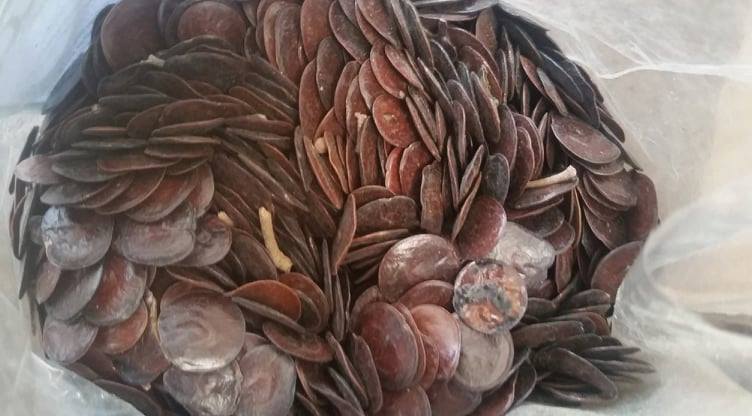
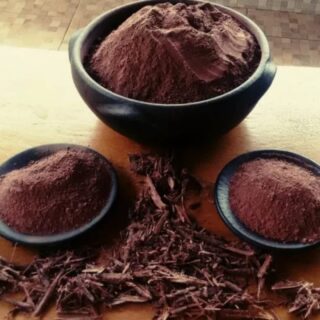
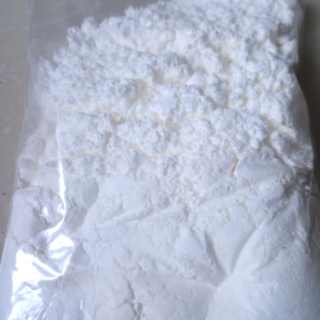
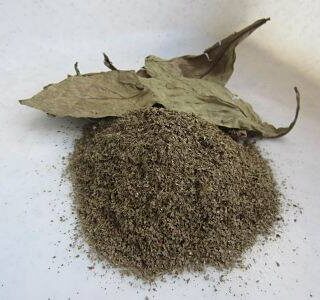

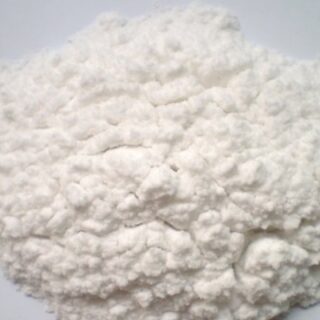
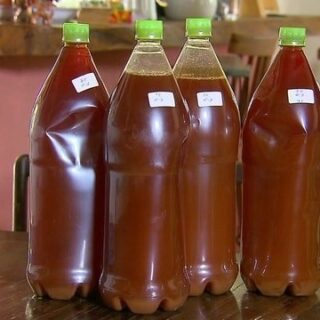

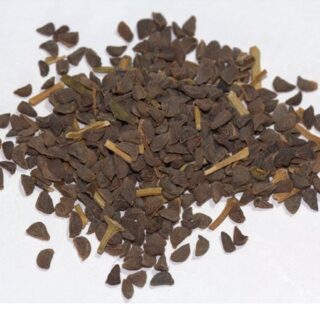
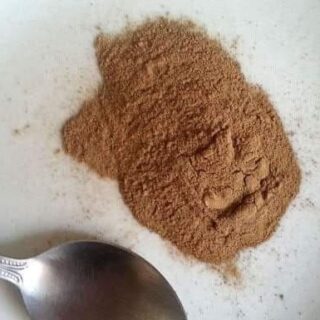
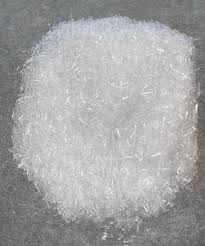
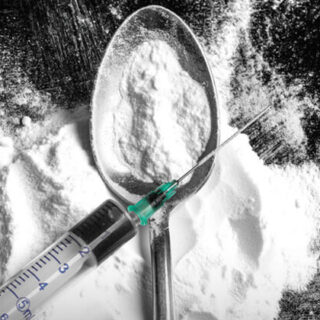
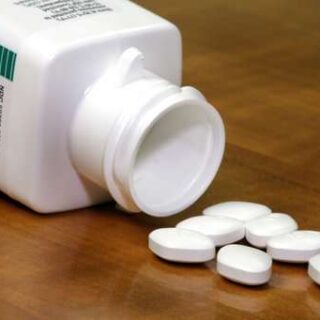
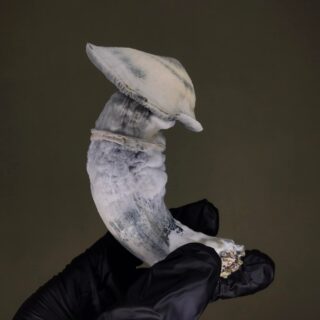
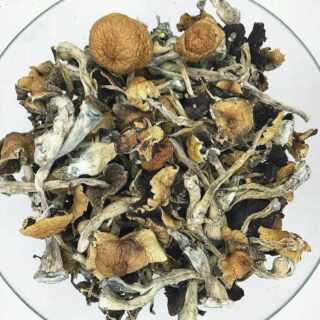
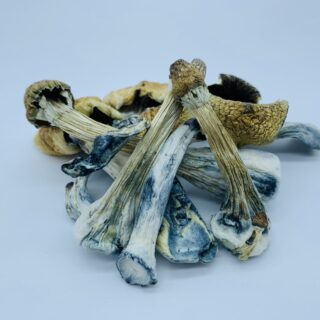
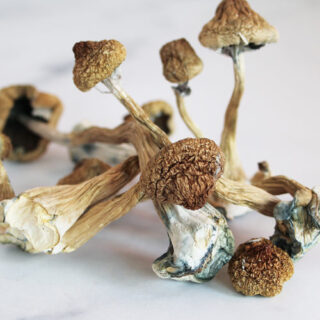
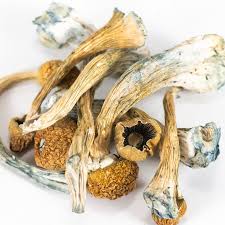
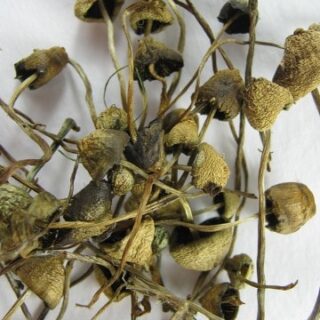
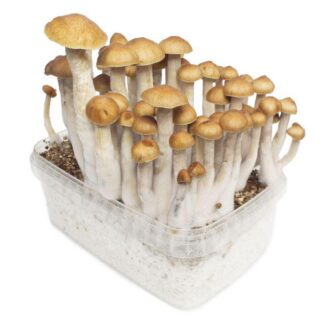
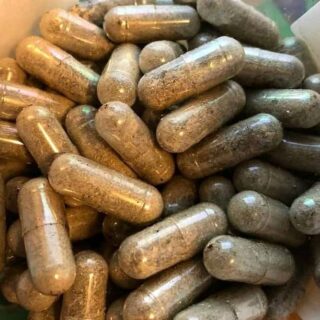
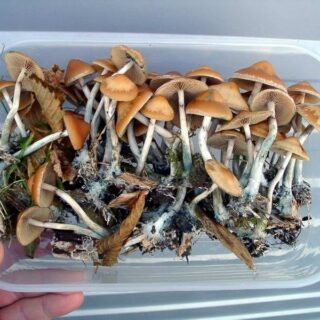
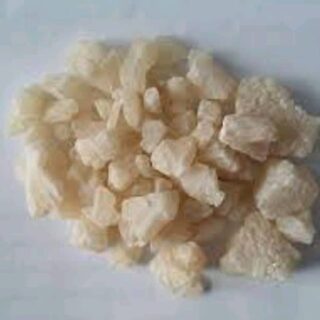
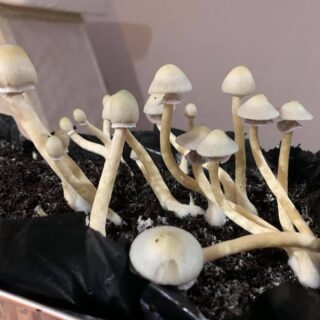
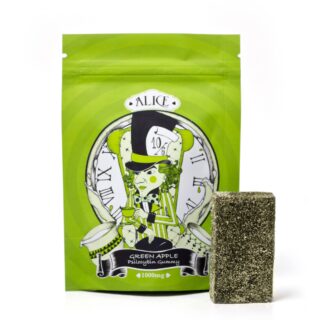

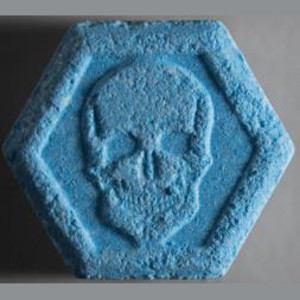
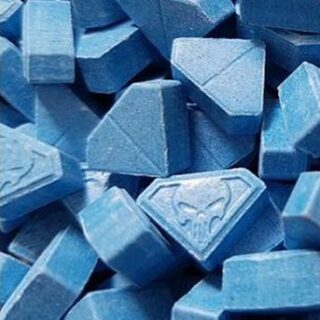
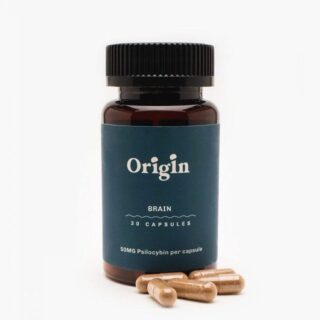

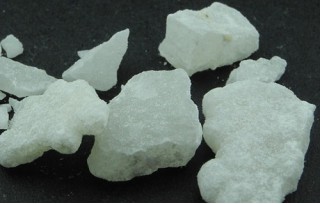





Reviews
There are no reviews yet.